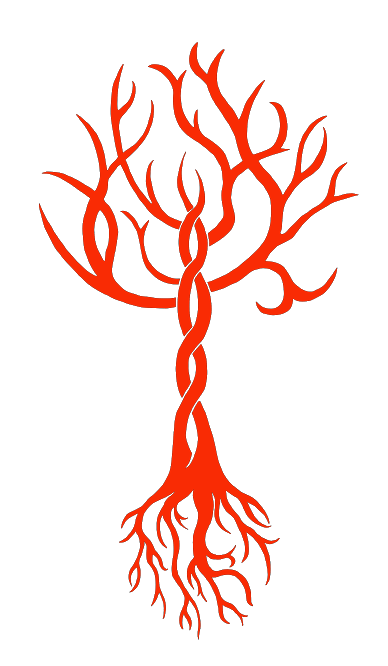Difference between revisions of "Team:Yale/practices"
| Line 63: | Line 63: | ||
<h2 id="video">Synthetic Biology Documentary</h2> | <h2 id="video">Synthetic Biology Documentary</h2> | ||
<p>Put some sort of appropriate caption here. Shoutout to Dr. Isaacs.</p> | <p>Put some sort of appropriate caption here. Shoutout to Dr. Isaacs.</p> | ||
| − | <div class=" | + | <div class="content_holder"> |
| − | <iframe width=" | + | <iframe width="1120" height="630" src="https://www.youtube.com/embed/20Dzhj9VFsU" frameborder="0" allowfullscreen=""></iframe> |
</div> | </div> | ||
</section> | </section> | ||
Revision as of 01:25, 16 September 2015
<!DOCTYPE html>
Human Practices
Sharing knowledge with the community
To err is human, to forgive divine
Synthetic Biology Documentary
Put some sort of appropriate caption here. Shoutout to Dr. Isaacs.
SSRI
Sour Salamanders Routinely Irrigate
Biofilm formation on surfaces is an issue in the medical field, naval industry, and other areas. We developed an anti-fouling peptide with two modular components: a mussel adhesion protein (MAP) anchor and LL-37, an antimicrobial peptide. MAPs can selectively attach to metal and organic surfaces via L-3,5-dihydroxyphenylalanine (L-DOPA), a nonstandard amino acid that was incorporated using a genetically recoded organism (GRO). Because this peptide is toxic to the GRO in which it is produced, we designed a better controlled inducible system that limits basal expression. This was achieved through a novel T7 riboregulation system that controls expression at both the transcriptional and translational levels.
Biofilm formation on surfaces is an issue in the medical field, naval industry, and other areas. We developed an anti-fouling peptide with two modular components: a mussel adhesion protein (MAP) anchor and LL-37, an antimicrobial peptide. MAPs can selectively attach to metal and organic surfaces via L-3,5-dihydroxyphenylalanine (L-DOPA), a nonstandard amino acid that was incorporated using a genetically recoded organism (GRO). Because this peptide is toxic to the GRO in which it is produced, we designed a better controlled inducible system that limits basal expression. This was achieved through a novel T7 riboregulation system that controls expression at both the transcriptional and translational levels.
LGBTQ Survey
In August, Yale iGEM sent out an anonymous survey to the iGEM community to gauge how open and welcoming the iGEM community is to LGBTQ individuals. iGEM is an ideal organization to survey as it is a small community with members who come from various backgrounds. The results of the survey show a large distribution in how members perceived their work environment. While the number of respondents (n = 12) is not enough for the data analysis to be significant, the responses still point to a general desire to improve the iGEM community in terms of its treatment of LGBTQ members.

Biofilm formation on surfaces is an issue in the medical field, naval industry, and other areas. We developed an anti-fouling peptide with two modular components: a mussel adhesion protein (MAP) anchor and LL-37, an antimicrobial peptide. MAPs can selectively attach to metal and organic surfaces via L-3,5-dihydroxyphenylalanine (L-DOPA), a nonstandard amino acid that was incorporated using a genetically recoded organism (GRO). Because this peptide is toxic to the GRO in which it is produced, we designed a better controlled inducible system that limits basal expression. This was achieved through a novel T7 riboregulation system that controls expression at both the transcriptional and translational levels.

